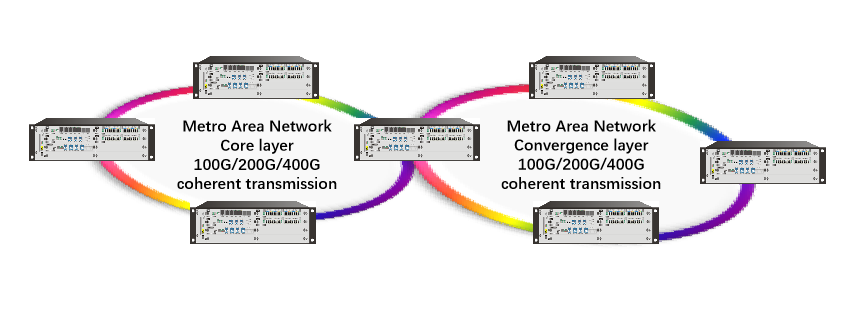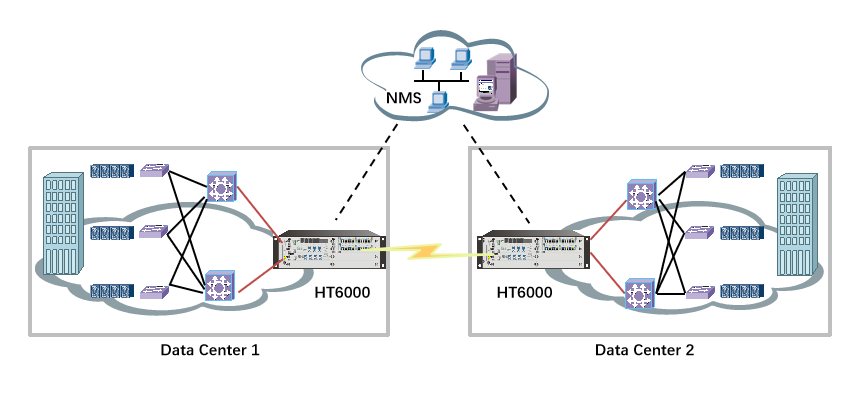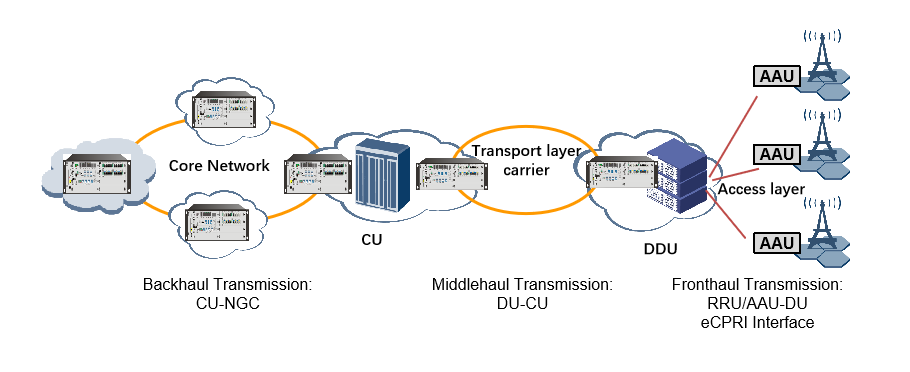WDM technology has many advantages and is developing rapidly. Main features include:
1)The bandwidth resources of the optical fiber can be used to increase the transmission capacity of an optical fiber several times to several tens of times compared with single-wavelength transmission;
2) multi-wavelength multiplexing in single-mode optical fiber transmission can save a lot of optical fiber during large-capacity long-distance transmission;
3) The installed cable has a small number of cores, and the wavelength division multiplexing can be used to expand the capacity without major changes to the original system;
4) since the wavelengths of the signals transmitted in the same fiber are independent of each other, signals with completely different characteristics can be transmitted.
5) The wavelength division multiplexing channel is transparent to the data format, that is, it has nothing to do with the signal rate and electrical modulation mode.
6) A WDM system can carry multiple formats of “service” signals, such as ATM, IP, etc.; in network expansion and development, it is an ideal means of expansion, and it is also the introduction of new broadband services (such as CATV, HDTV and B-ISDN, etc.) Favorable means, adding an additional wavelength can introduce any new business or new capacity you want;
7) using WDM technology to achieve network switching and recovery, which may realize a transparent and highly survivable optical network in the future;
8) When transmission in the national backbone networke, the application of EDFA can reduce the number of SDH repeaters in long-distance trunk systems, thereby reducing costs.
The application scenarios of WDM mainly include access network, metropolitan area network and backbone network. Below pictures shows the real solution that HTF made.
Metro Area Network Coherent Solution

Data Center Interconnect Solution

OTN-based 5G midhaul/backhaul solution


